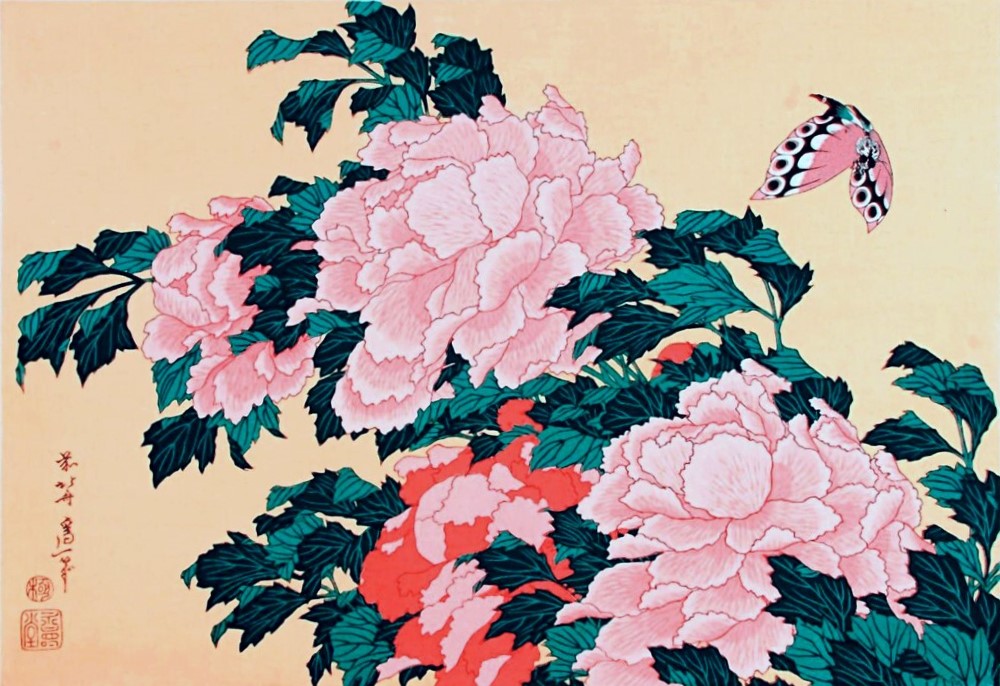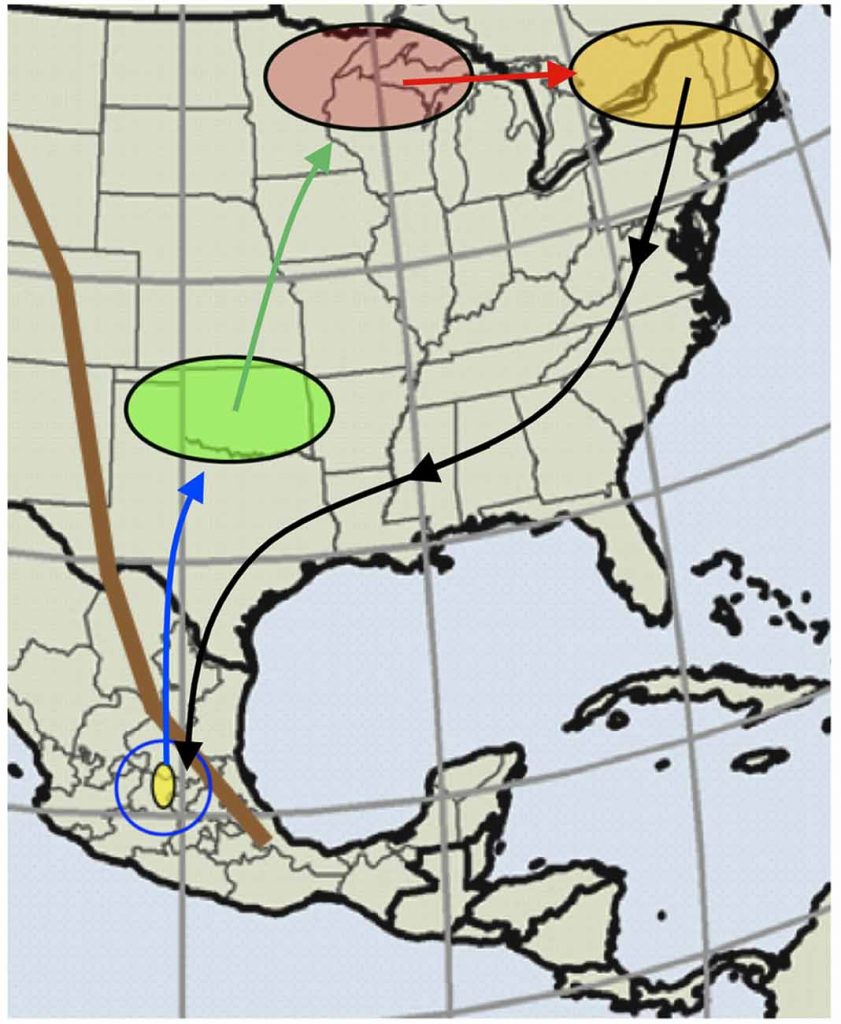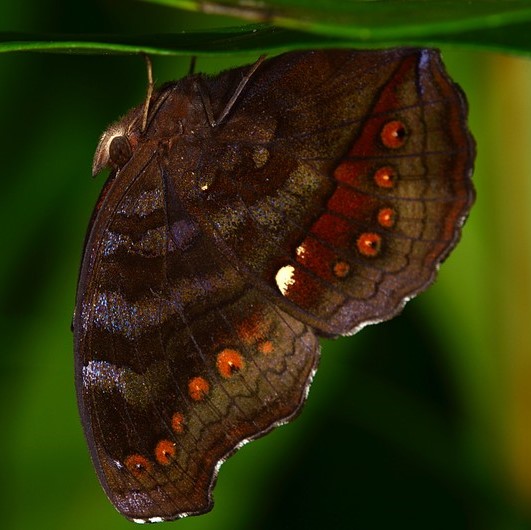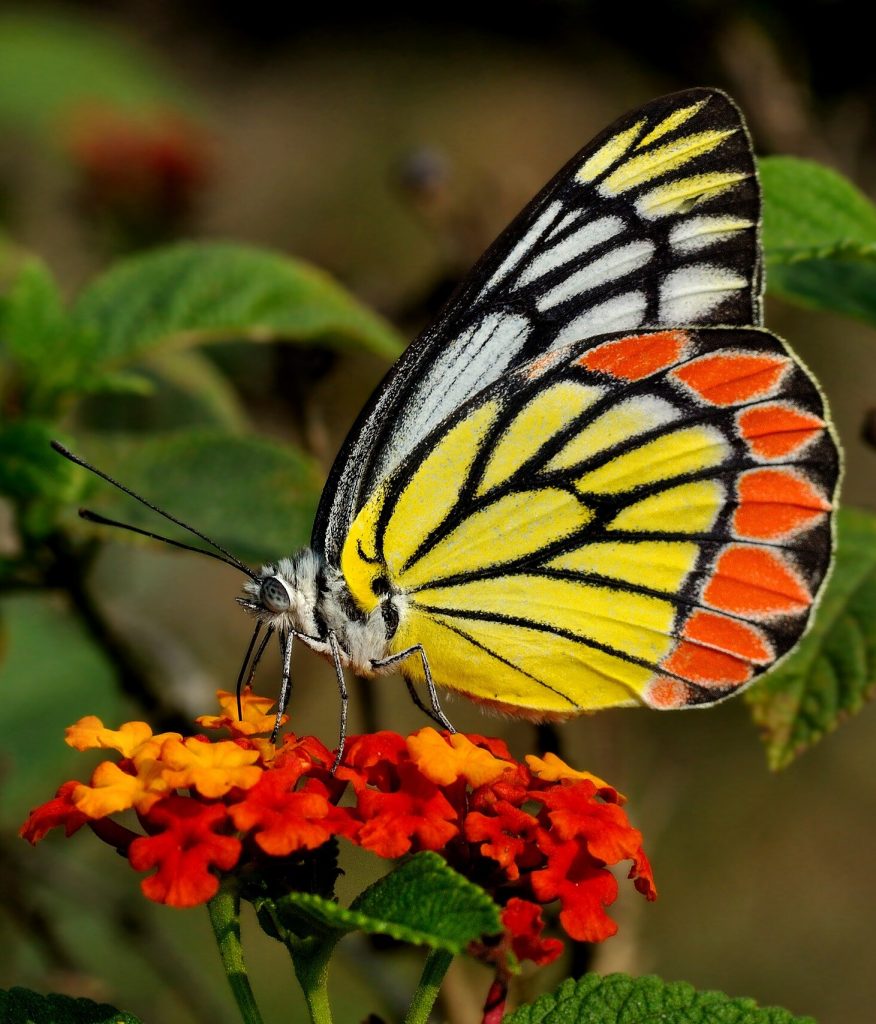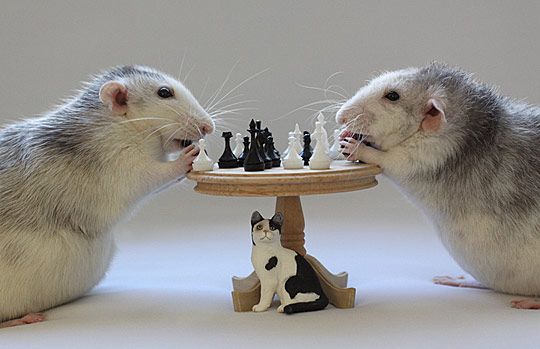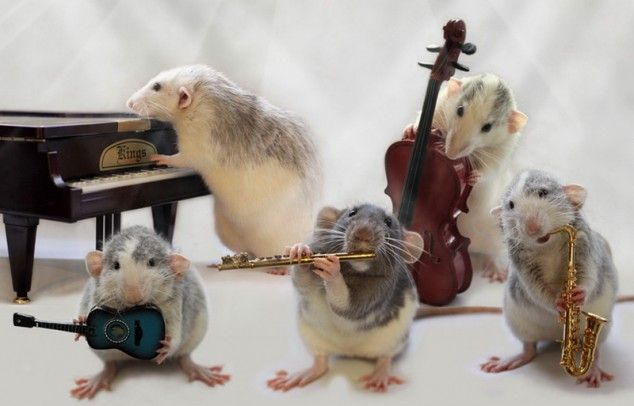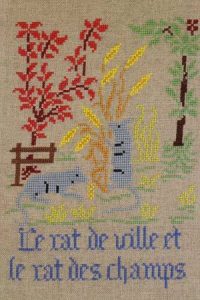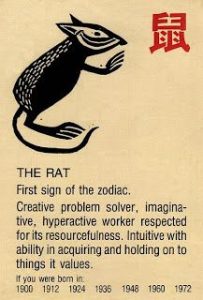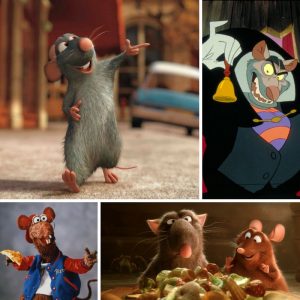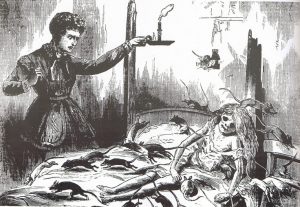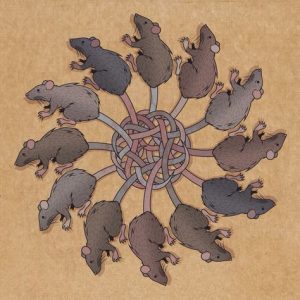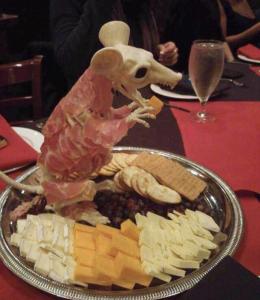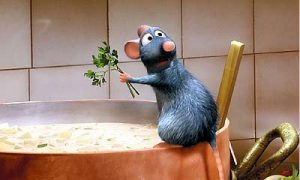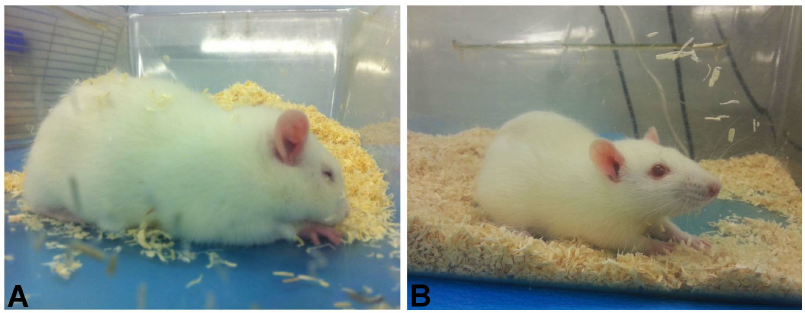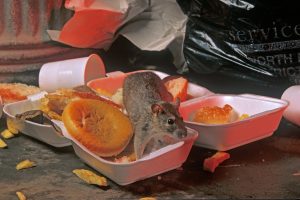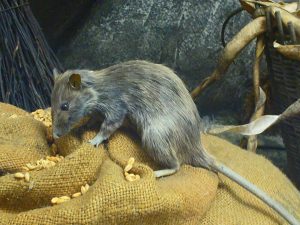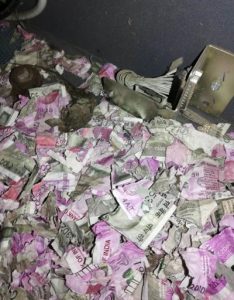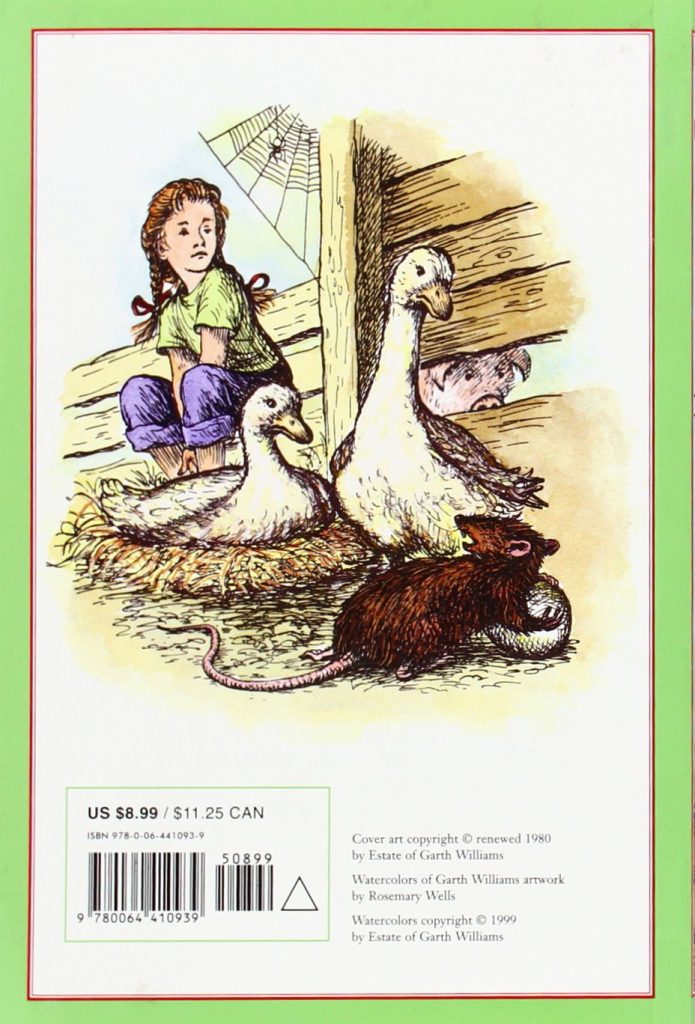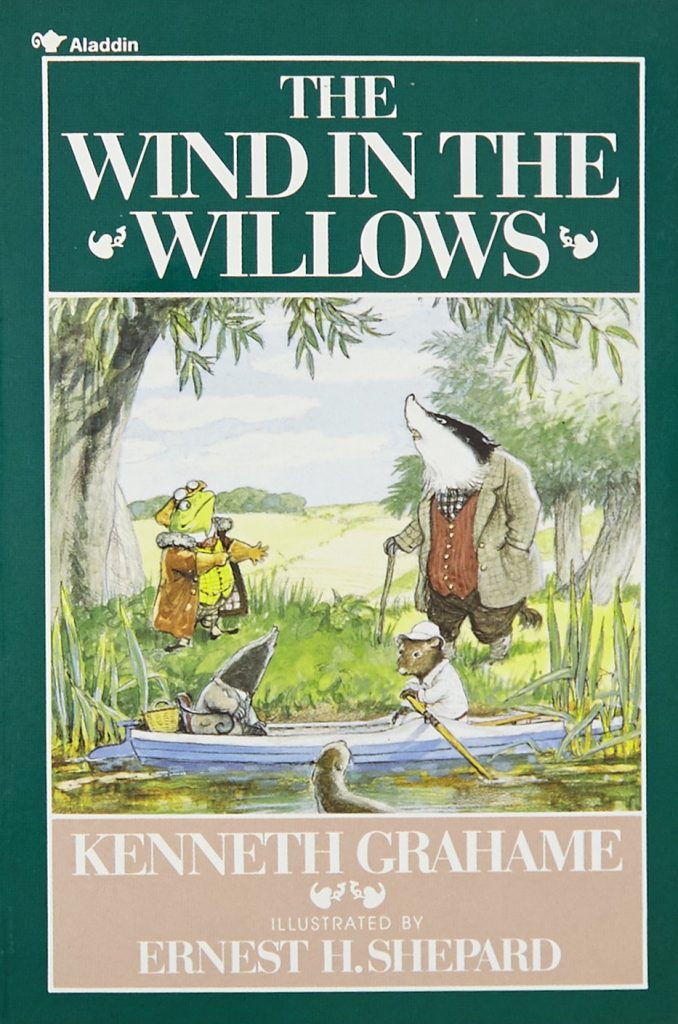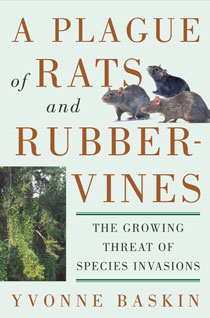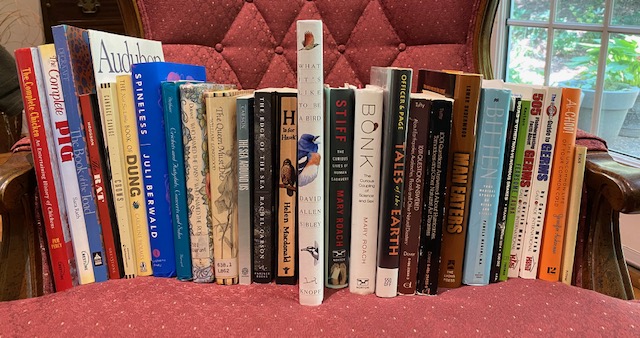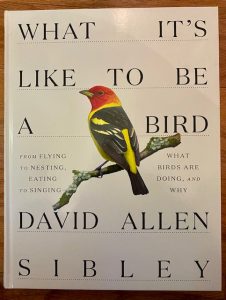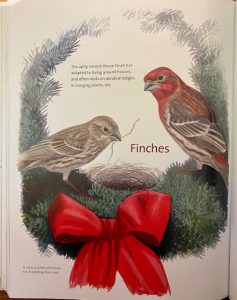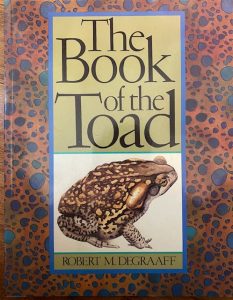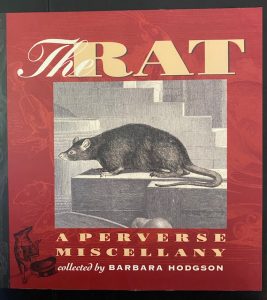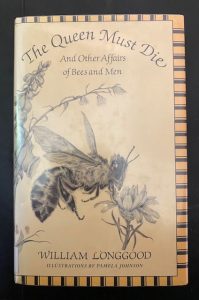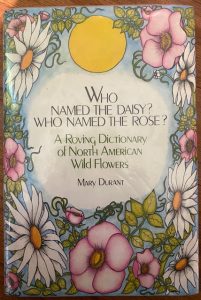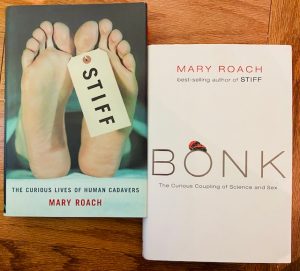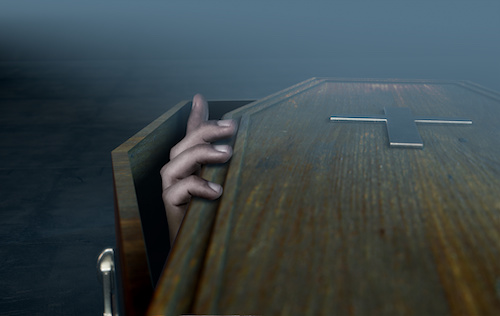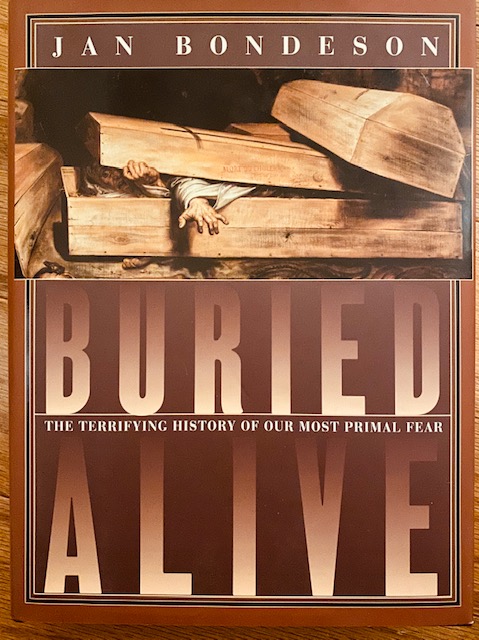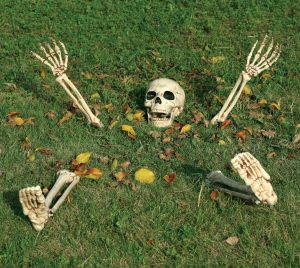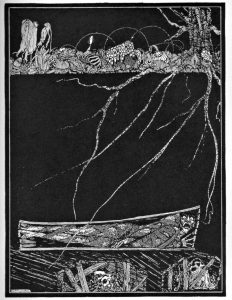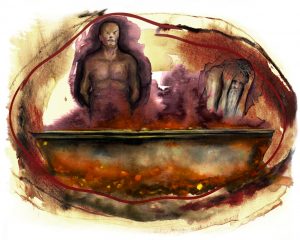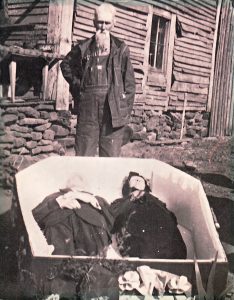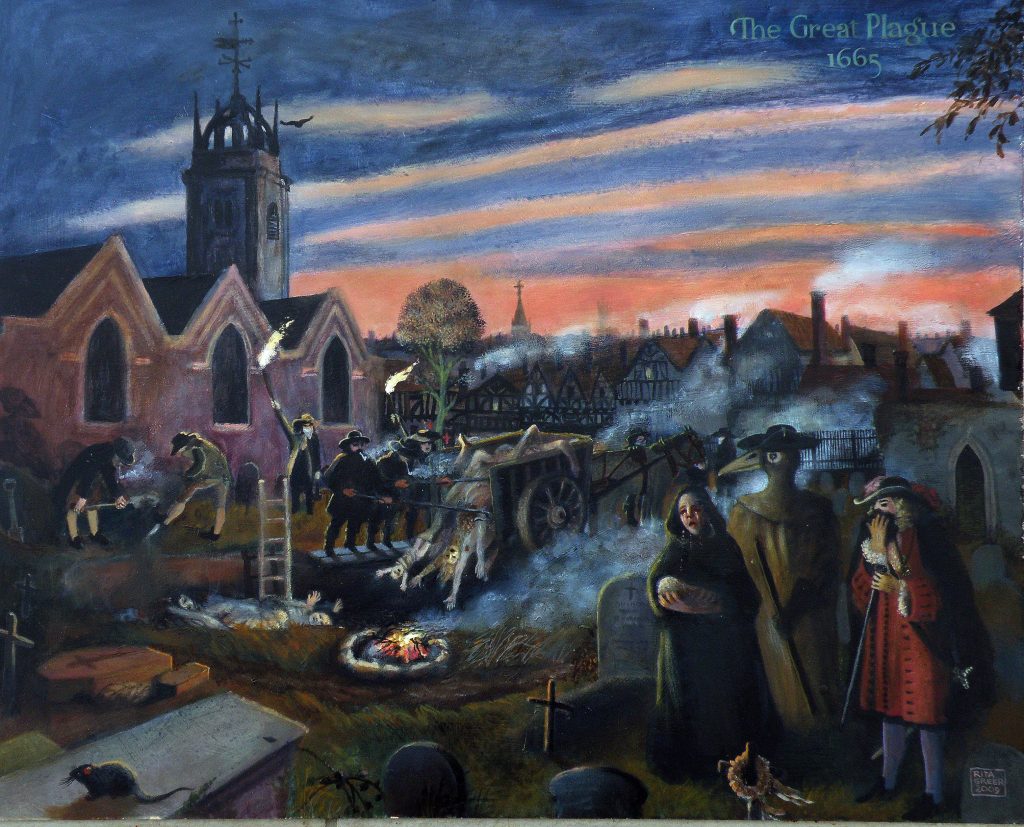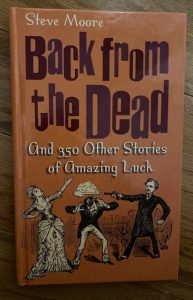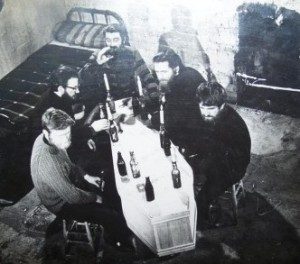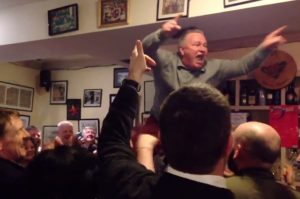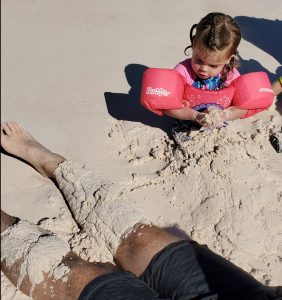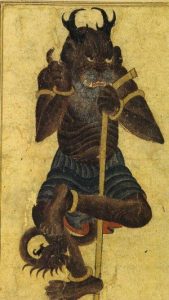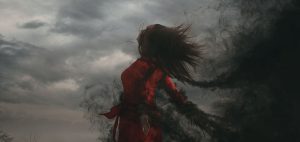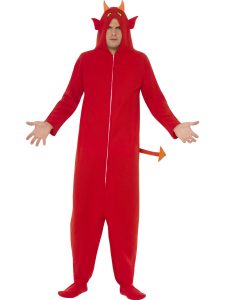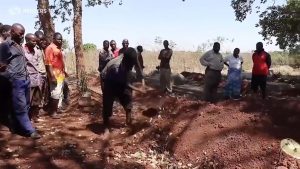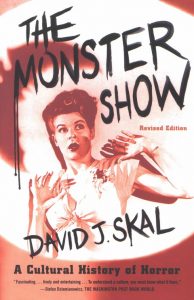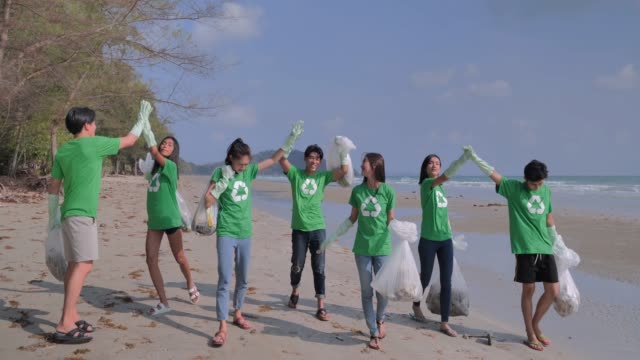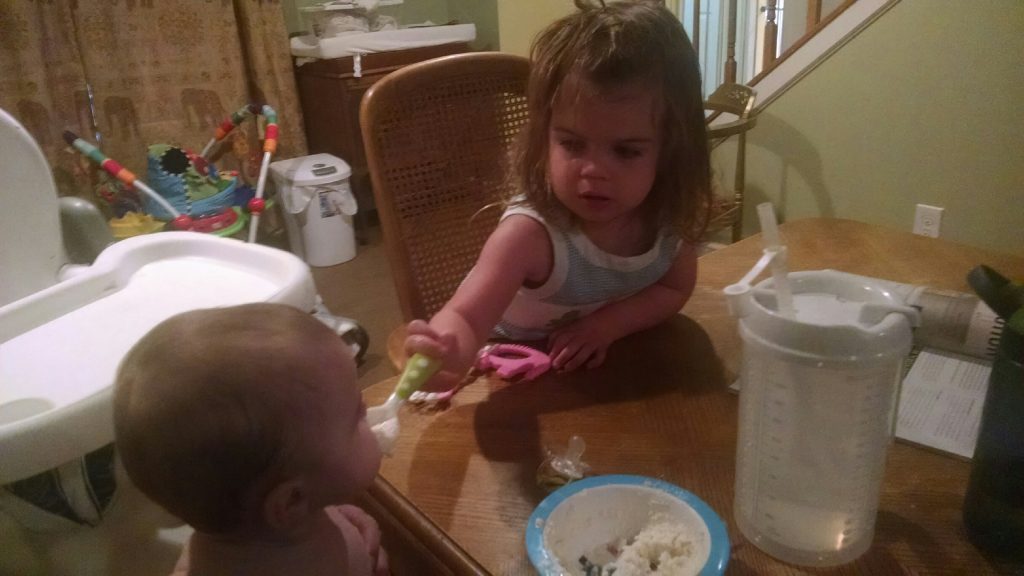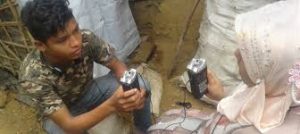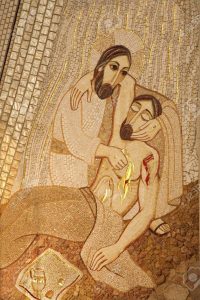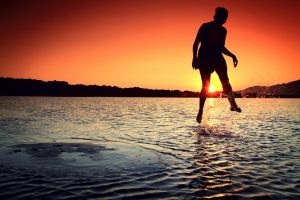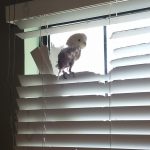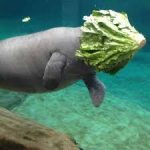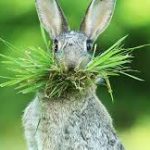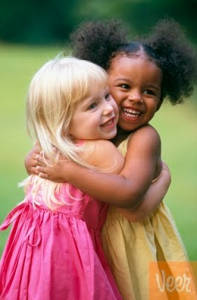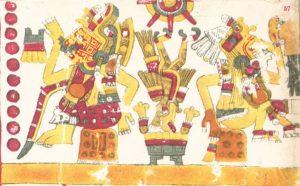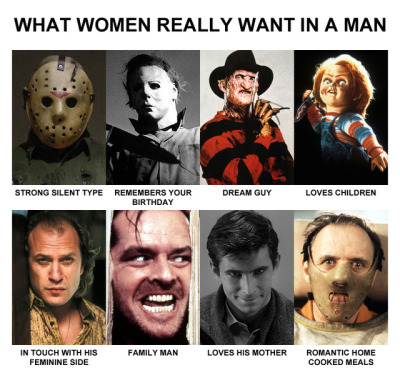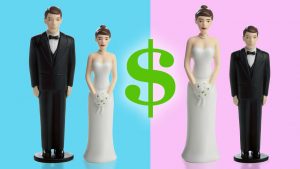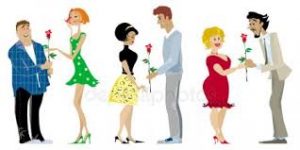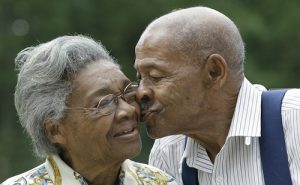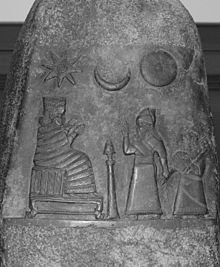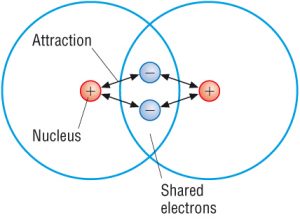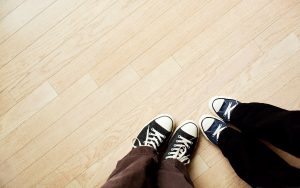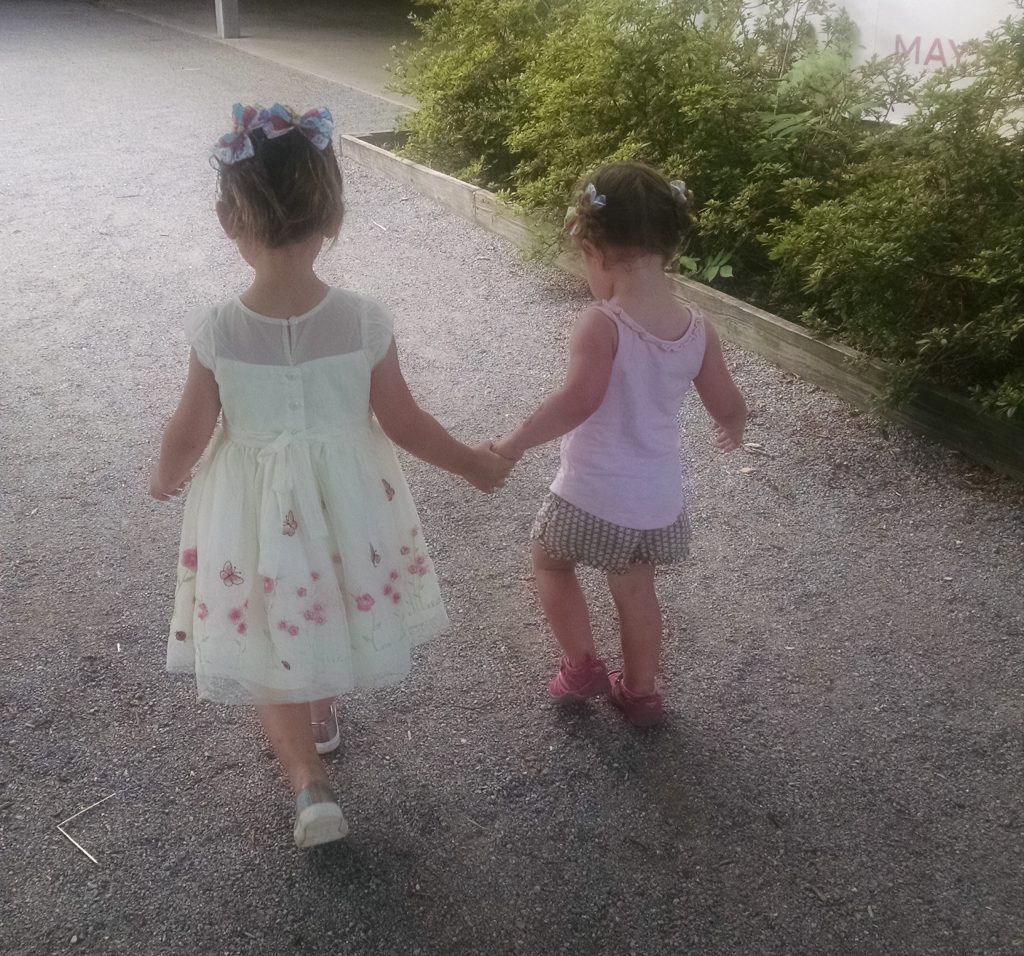Humans have seen butterflies as deeply symbolic for at least as long as they’ve been making art. In poetry, paintings, music, dance, and fiction, the butterfly signifies the human spirit. They symbolize hope, eternity, and rebirth. But beyond their metaphorical significance, butterflies inspire humans in many other ways.
Butterfly Eyes
Butterflies will always win a staring competition. They have two compound eyes, containing up to 17,000 mini eyes, each with its own lens, a single rod, and up to three cones. Where humans have cones (photo-receptors) for three colors, butterflies have photo-receptors for up to nine colors, one of which is ultra-violet. But what they don’t have is eyelids; hence, they’d always win.
Butterflies eyesight has inspired technology developments potentially beneficial to us all. Professor Doekele Stavenga teaches evolutionary biophysics at the University of Groningen in the Netherlands. “The optical principles evolved in nature have inspired improvements of LEDs, for instance, and colour discrimination processing,” says Stavenga.
Butterflies perceive a spectrum of light beyond human capabilities. This extraordinary vision has inspired scientists to develop multispectral surgical cameras. These cameras, mirroring the butterfly’s sight, help surgeons see more than ever before, making surgeries safer and more precise.
Butterfly Wings

“Only some [butterfly wings] are really transparent. … Morphos (and many others) are structurally coloured, due to optical multilayer reflections,” explains Stavenga.
In 2015, a group of researchers revealed the science behind transparent butterfly wings. Nano-structured pillars of random heights cover each wing surface. Scientists found that the extreme irregularity of these pillars barely reflect any light.
Scientists studying these phenomena in butterflies can apply that understanding to developing new smartphone screens.
Butterflies don’t flap their wings to fly, only to take off. They have “cymbal wings” that “clap.” The distinctive wing clap collects a pocket of air and use it to fly. “Just before the clap, it seems like these wings bend, form like a pocket shape. And then that collapses and they push out again, creating a jet of air, basically,” says Professor Per Henningsson at Lund University in Sweden.
“The shape and flexibility of butterfly wings could be really key to small micro vehicles or drones, that need to be really lightweight and efficient,” Henningsson says.
Butterfly Wing Inventions
The Key Program for International S&T Cooperation Program of China, the National Natural Science Foundation of China, the Shanghai Science and Technology Committee, and the National Key Research and Development program have been funding research into the energy capabilities of butterfly wings. They recently published four elements of progress achieved by studying butterflies.
- By employing the different properties of butterfly wings, featured researches have successfully fabricated thermal, medical, and vapor sensors, anti-counterfeit security devices, photocatalysts, photovoltaic systems, triboelectric nanogenerators and energy storage systems.
- More research is necessary but researchers suggest that the applications should extend to photothermal imaging and therapy in cancer treatment and management. The good performance recorded by medical sensors for health monitoring and photothermal capabilities of butterfly-wing-inspired materials will aid in the detection, imaging, therapy, and monitoring of terminal diseases.
- Similarly, photothermal materials inspired by butterfly wings can gain interest in the emerging stealth technologies research for modern-day warfare and scientific research technologies, such as rockets.
- Lastly, butterfly wings have exhibited numerous and diverse properties that enable them to respond effectively to external stimuli.
Butterfly Behavior
Butterflies (and moths to a lesser extent) serve as part of a group of ‘model’ organisms that researchers use to investigate many areas of biological research, including such diverse fields as navigation, pest control, embryology, mimicry, evolution, genetics, population dynamics, and biodiversity conservation.
New research on butterflies is proving that these insects are capable of an astonishing range of clever behaviors. They can thwart attacks or outwit competitors. Their abilities range from learning lessons to navigating long distances. “They don’t have a lot of gray matter in their brains, maybe just a cubic millimeter,” says Georgetown University biologist Martha Weiss, “but with it they can do everything they need to do.”
A lot of research concludes that abundance of butterflies is often an indication that an ecosystem is thriving. For one thing, butterflies are an important link in a food chain, as predators and prey. Both adult butterflies and caterpillars are an important source of food for other animals such as bats and birds.
Butterfly Migration
Monarch butterflies have a longer lifespan than most and will take flight from their native USA and Canada habitats to the warmer climate of Mexico for winter. Some migrating monarch butterflies travel over 4800km (2983 mi) to reach their warm winter home.
Butterflies only flutter on takeoff. Long-distance migrants like monarchs will save energy by holding their wings in a flat “V” and gliding. “When they’re migrating, monarchs will fly a few feet off the ground in the morning until they hit a thermal rising off some barren earth or asphalt. Then they’ll rise like a hawk.” So says Orley Taylor, a University of Kansas ecologist and director of Monarch Watch, a mark-and-recapture program. Monarchs can ride a thermal to 5,000 feet.
Out of sight of humans, butterflies on their way to their usual wintering grounds in Mexico each fall migrate in such dense concentrations that they show up on radar. Despite flying 2,000 miles on paper-thin wings, their mastery of low-powered flight means they arrive barely winded. “A lot of monarchs arrive in remarkable condition,” says Taylor. “They look like they just hatched.”
Butterfly Food
Whether they migrate or not, butterflies are important pollinators. We think of honey bees as great pollinators, and they are, but they confine themselves to a much smaller range than even stay-at-home butterflies.
Nectar is an important component of a butterfly’s diet. Technically, butterflies can’t eat anything and instead drink all their nutrients. Proteins and minerals gained during the caterpillar’s diet of plants and ants are stored for the butterfly. It’s essential for metamorphosis and sustaining the butterflies through to reproduction.
Thanks to the effort of their crawling caterpillar stage, butterflies are free to get their sugar-fix of instant energy from nectar. You might see butterflies drinking from wet soil or puddles. Gulping up muddy water helps butterflies regulate their temperature and increases their salt supply. People have even found butterflies lapping up the salty tears of turtles. And they will suck up blood if the opportunity arises!
Butterfly Habitat
Like rats, the only continent butterflies can’t be found is Antarctica due to its sub-zero climate.
Because of their sensitivity to environmental changes, butterflies make an ideal specimen for scientists how climate change influences biodiversity. As the planet warms, researchers in Scandinavia have noticed that these beautiful insects have gradually altered their range, expanding northwards. Researchers in Sweden and Finland have discovered an astonishing 64% increase in average provincial species richness, expanding from 46 to 70 species per province.
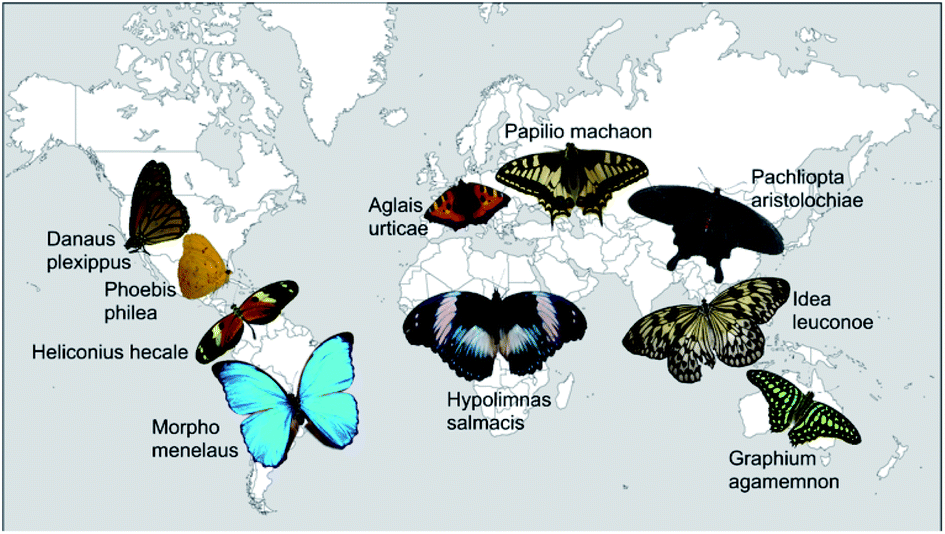
Butterflies are aesthetically pleasing and few species cause any damage to commercial plants. They are a diverse group of insects containing around 20,000 different species. North America is home to more than 700 of these species. Each type has various behavioral and structural adaptations that allow them to survive in various environments.
Microgravity during a space flight creates almost weightless conditions. Still, astronauts were able to observe metamorphosis of the Monarch and Painted Lady butterflies in space. With a little difficulty, the butterflies managed to emerge. However, they had some trouble navigating. They bumped into the sides of their habitat and struggled to fully expand and dry their wings as quickly as they would here on Earth.
Butterfly Anatomy
Butterflies have taste buds across their wings, feet, and antennae as well as their proboscis.
Butterflies are day insects and “sleep” hanging upside-down from leaves. Hanging on leaves actually protect them from rain and any early morning birds.
Butterflies with ‘warning colors’ like the orange and black of the monarch and the long-winged tiger and zebra butterflies are less concerned with hiding while they rest. These colors indicate to predators that they will be poisonous to eat. Some butterflies have evolved to store the toxins from the milkweed they eat as caterpillars.
Although their habitats range all over the world, butterflies have a fleeting life, with an average lifespan of around three to four weeks. However, it varies across species. In 2009, scientists did a large-scale study and found that butterflies’ lives span from a few days to almost a year.
Bottom line: Butterflies deserve their symbolism. In literature and art, butterflies signify hope, love, and the soul’s eternal nature. In science, butterflies symbolize (and inspire) advances in research and technology.
